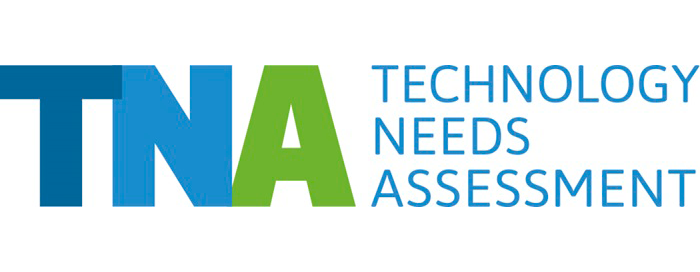Nepal completed its TNA in 2021 and launched its Barrier Analysis & Enabling Framework and Technology Action Plans reports.
Nepal is highly vulnerable to climate change impacts and recent studies by the Asian Development Bank suggested Nepal faces losing 2.2% of annual GDP due to climate change by 2050. Nepal ratified the Paris Climate Agreement and its Second Nationally Determined Communication (NDC) in 2020.
Due to its geography, Nepal is exposed to a range of climate risks and water-related hazards triggered by rapid snow- and ice-melt in the mountains and torrential rainfall episodes in the foothills during the monsoon season.
The population is at risk from the impacts of climate change including reductions in agricultural production, food insecurity, strained water resources, loss of forests and biodiversity, as well as damaged infrastructure.
Nepal has identified priorities in electric cook stoves, biogas, bus rapid transit, agriculture, urea molasses mineral blocks, alternate wetting and drying, silviculture, and short rotation forestry.

